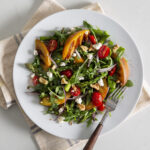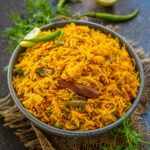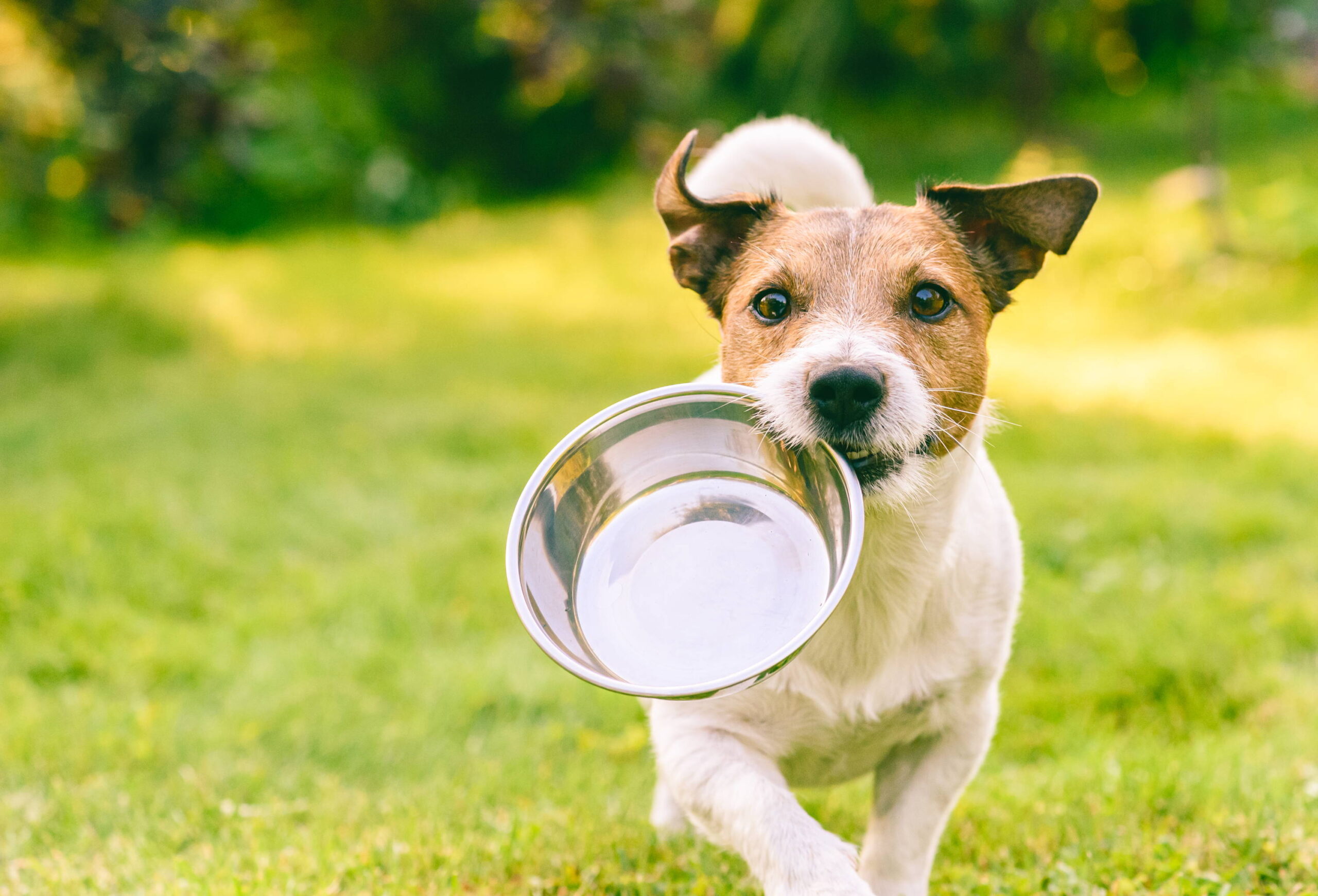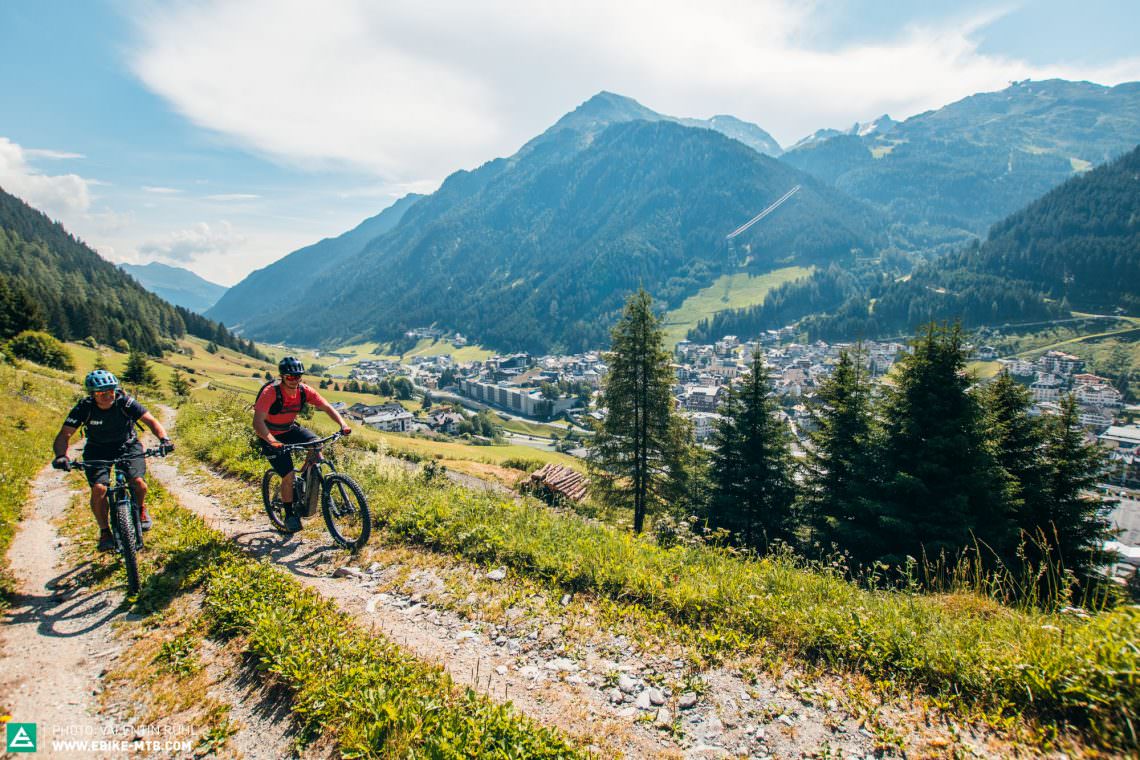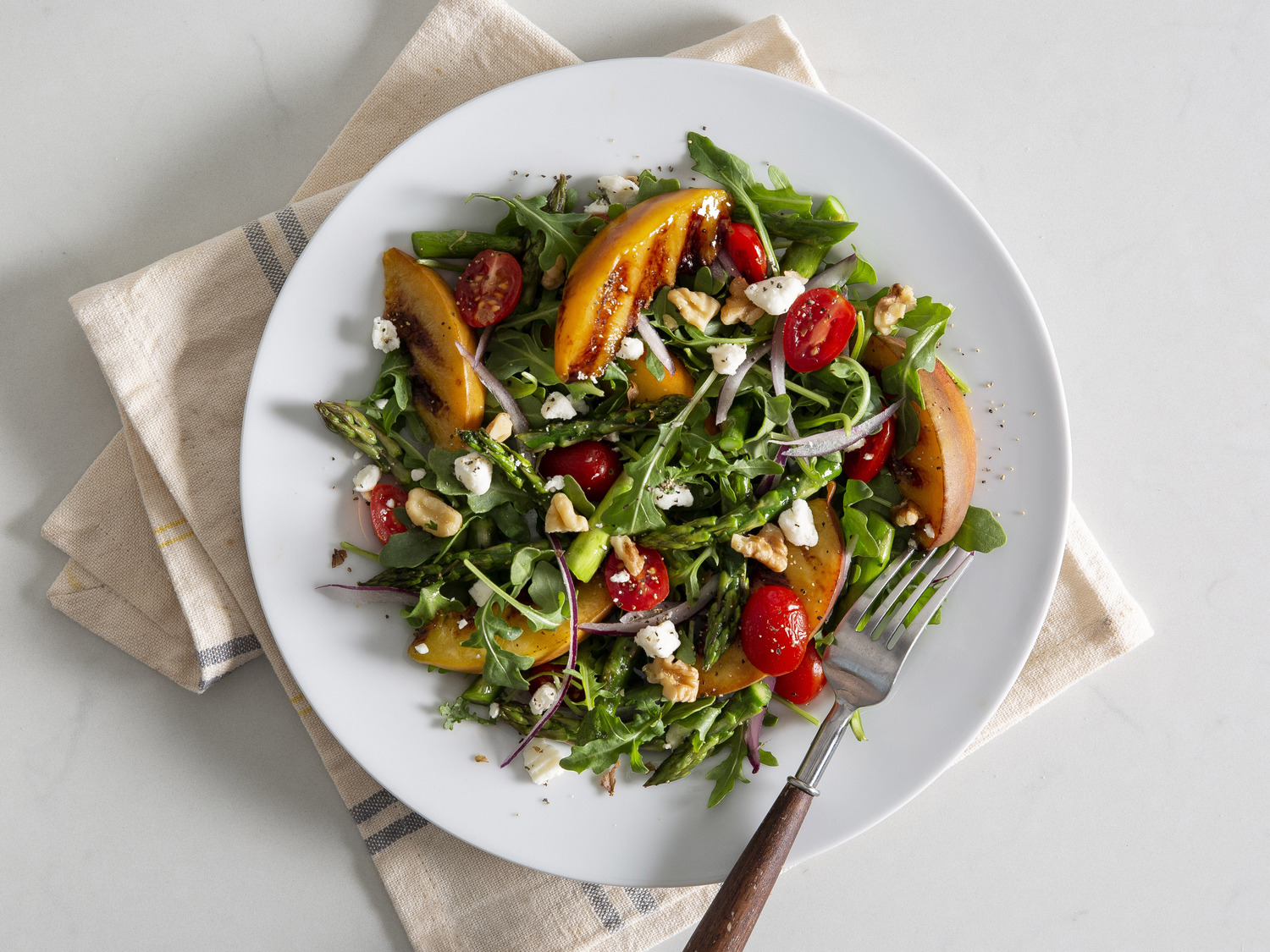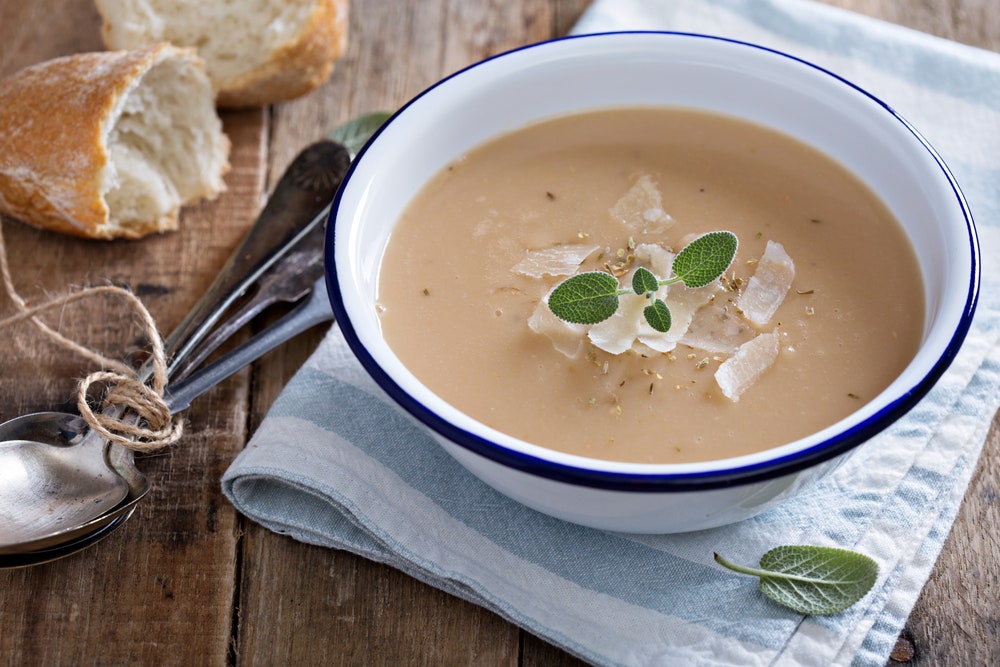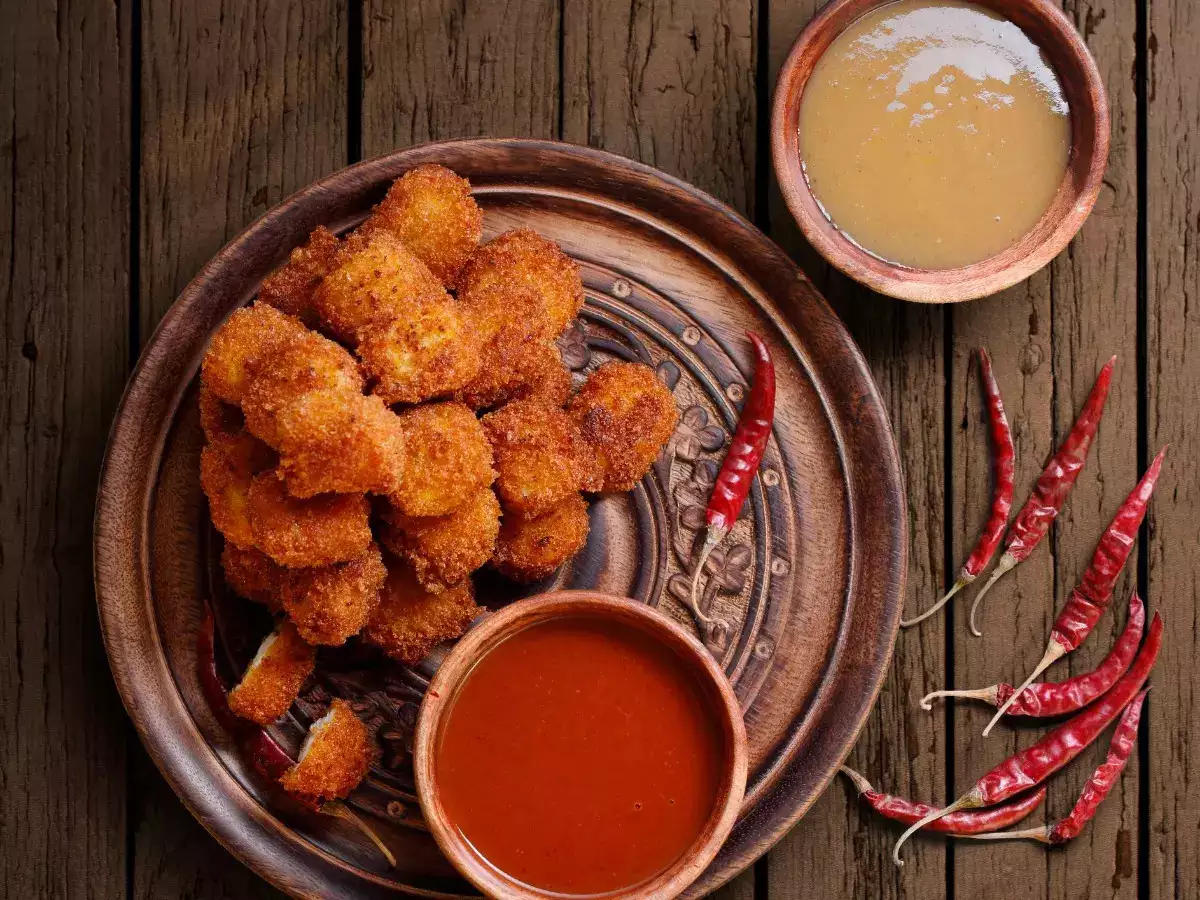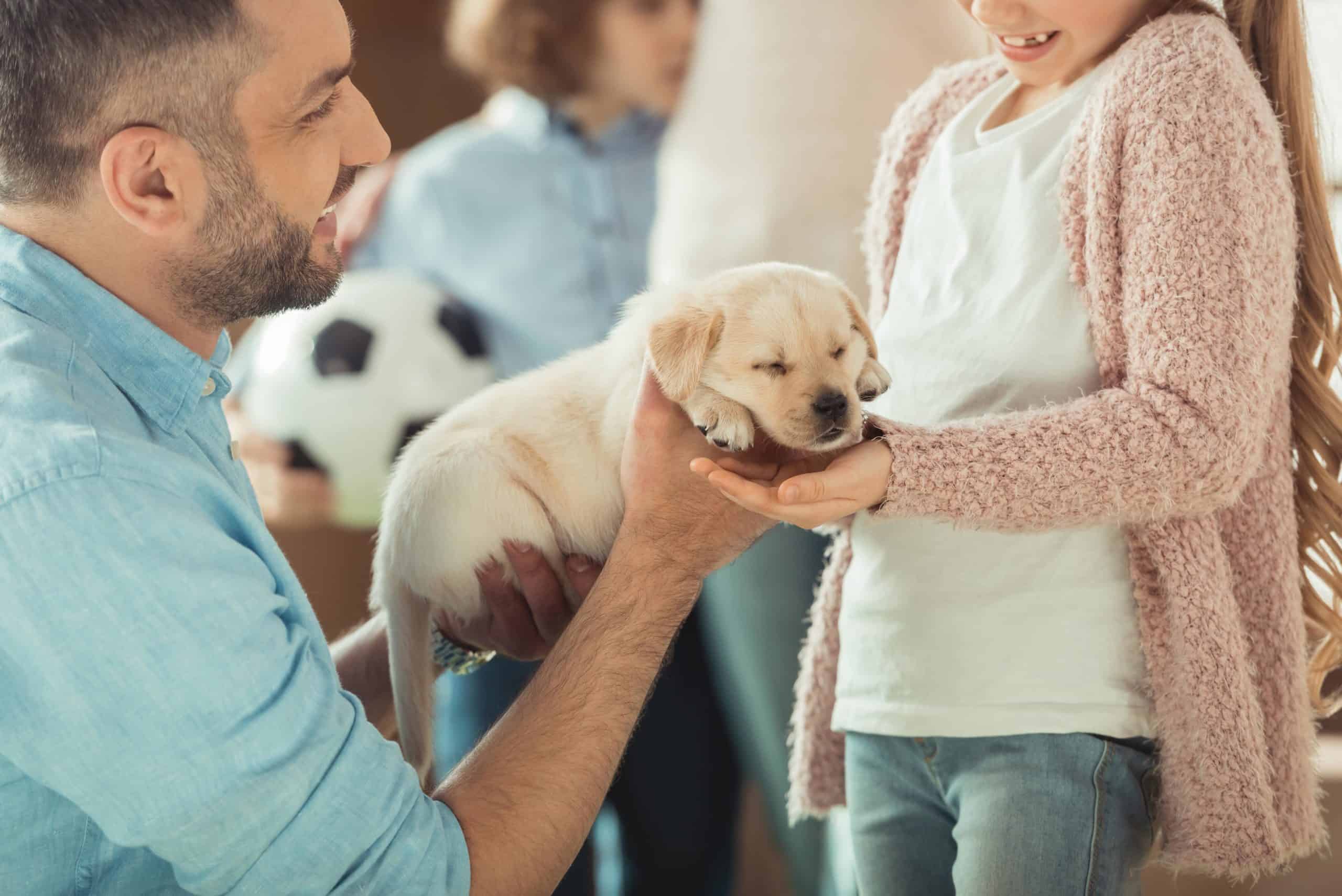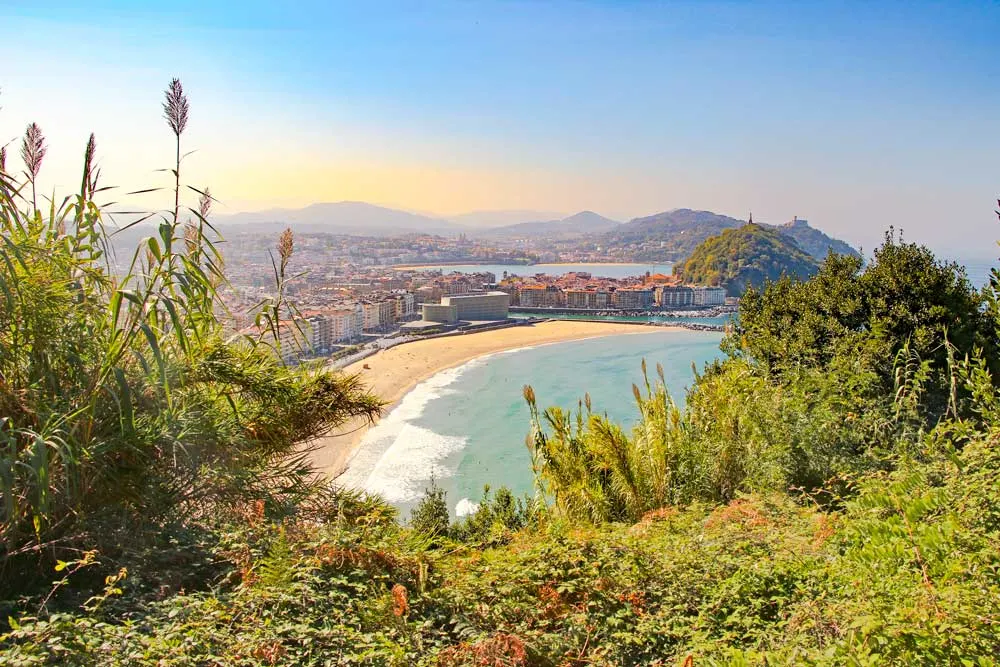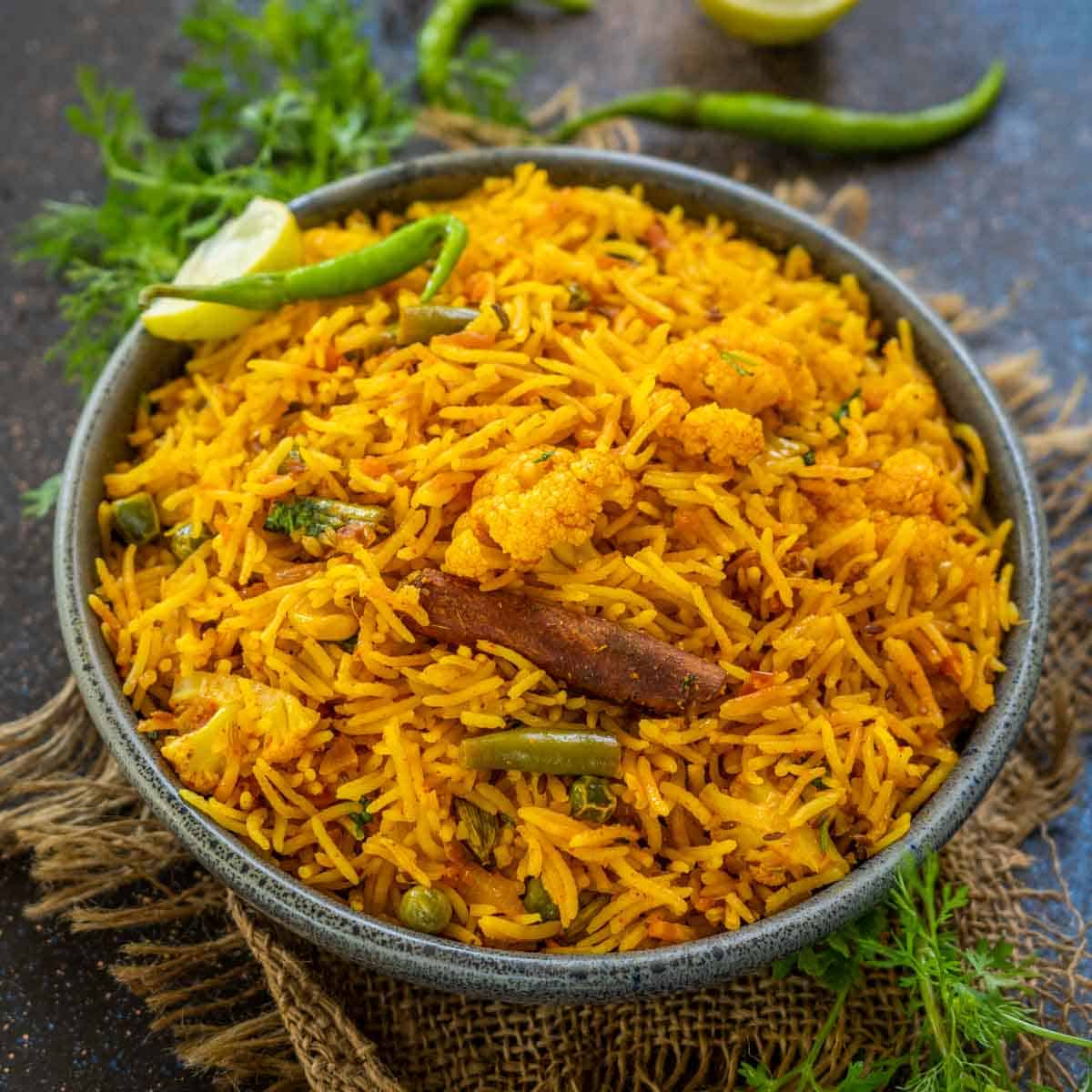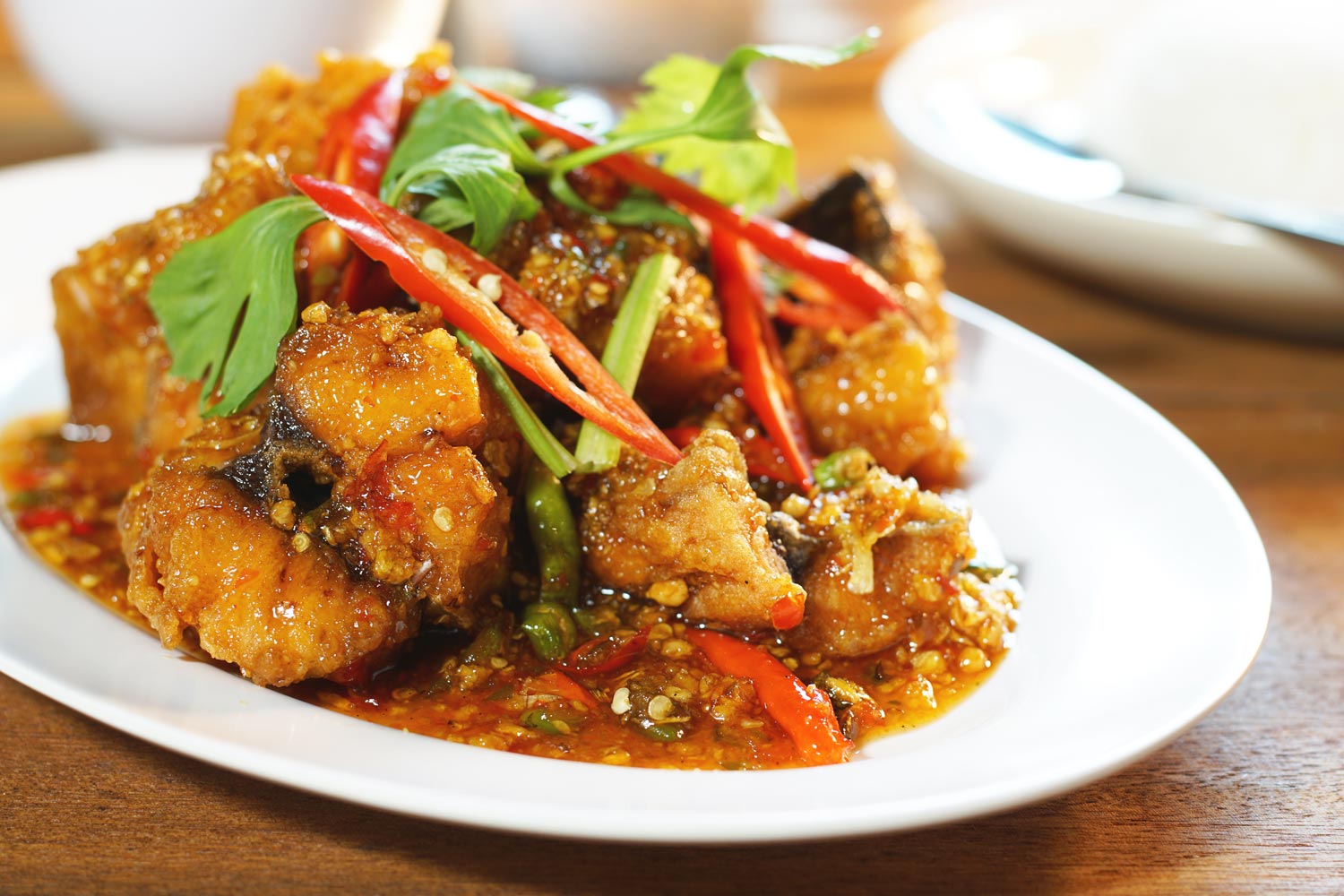How to Support Your Dog’s Gut Health & Microbiome
Unless your dog is having digestive issues, dog gut health is probably one of the last things on your mind. Even when healthy, though, your dog may need some support for their gut microbiome. That’s because the gut microbiome can have a big influence on their overall wellness. Although diet plays a significant role in […]
E-Biking in Ischgl, Austria
Situated in the heart of the Tyrolean Alps, Ischgl in Austria, is known for its stunning landscape, charming alpine chalets and world-class skiing. However, there’s more to this enchanting destination than just winter sports. In recent years, Ischgl has embraced a new wave of eco-friendly adventure sports, and one of the most exciting events on […]
Asparagus and Peach Salad in Peach Sauce Recipe
Who said salads are boring? This delicious Peach Salad is not only appetizing for the taste buds but is also a treat for the eyes. Make healthy food fun by including this nutritious recipe in your diet. Made with a handful of ingredients, this Peach Salad is a must-try for all salad lovers. You can […]
Garlic Soup Recipe
Winters are around the corner and soup is an ideal comfort food that warms you up to the core. You might have tried various types of soups like Tomato Soup, Sweet Corn Soup, Mix Veg Soup, Cabbage Soup etc, but have you ever had Garlic Soup? For all the garlic lovers out there, this recipe […]
Paneer Golden Fry Recipe
If you are a paneer lover, then here is one dish that will definitely become one of your favourites. Paneer Golden Fry is a classic paneer-based dish that has a crispy exterior and a soft melt-in-the-mouth interior. The best thing about this snack is that it can be prepared with just a handful of ingredients. […]
Should I Get a Dog? 5 Things to Consider
When you are sitting at home daydreaming of the perfect canine companion, it is sometimes easy to get caught up in that fantasy and lose sight of reality. We all choose to take a dog into our lives for different reasons but sometimes it is worth taking a step back and looking at what those […]
Exploring the French Ardennes
The French Ardennes is an isolated region of France that offers a wealth of natural beauty, historical charm, and outdoor activities. The French Ardennes, in north-eastern of France, right next to Belgium, is a region of rolling hills and deep valleys. Dense forests cover almost half of the region and the meandering River Meuse, running […]
Walking the Camino del Norte, Spain
Pilgrims have been making their way on foot (and cycle) to the great cathedral at Santiago by various “Ways”, the most popular being the Camino Frances, or the French Way. These days it’s difficult to avoid the crowds so the Camino del Norte is a more strenuous alternative with less people. The Camino del Norte […]
Masala Rice Recipe
A bowlful of Masala Rice is the ultimate comfort food that you can have anytime during the day. If you have some leftover rice from lunch, then try this recipe and transform them into a lip-smacking dinner. This rice recipe has a number of veggies in it, which makes it super nutritious. We have also […]
Fried Fish with Sweet Chilli Sauce Recipe
Need a lip-smacking recipe to satiate your cravings? Try this delicious Fried Fish recipe paired with Sweet Chilli Sauce. The crispy texture of fish topped with sweet ‘n’ spicy chilly sauce, is a wholesome combination to savour. It is best to use salmon fillets in this recipe, however, you can use your favourite fish as […]


